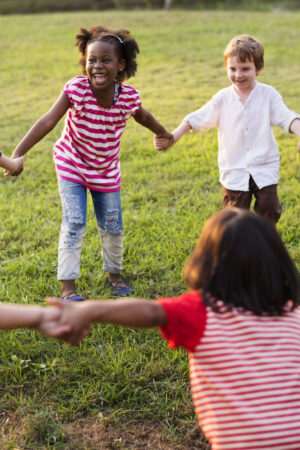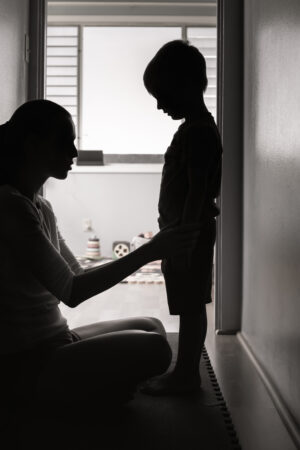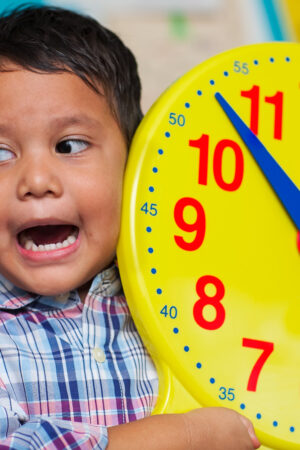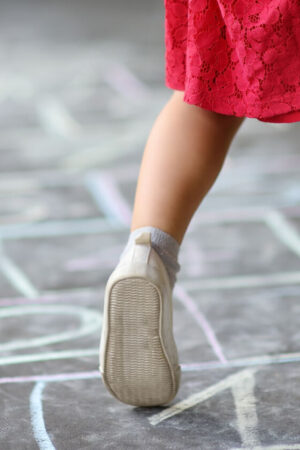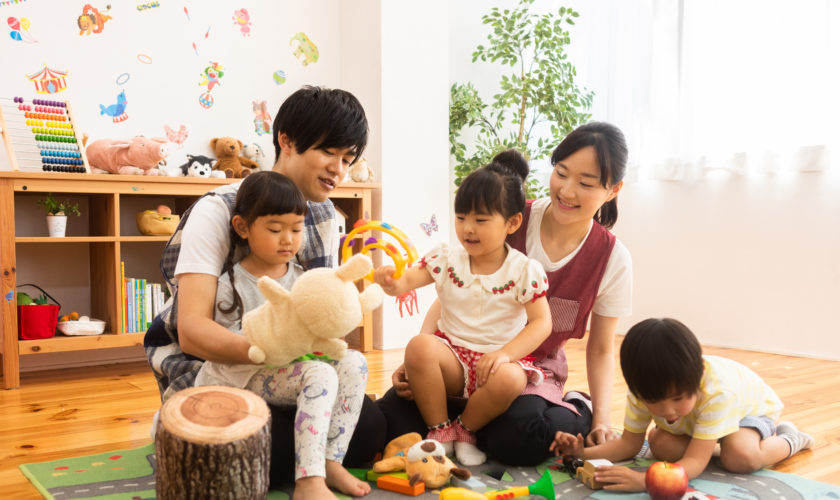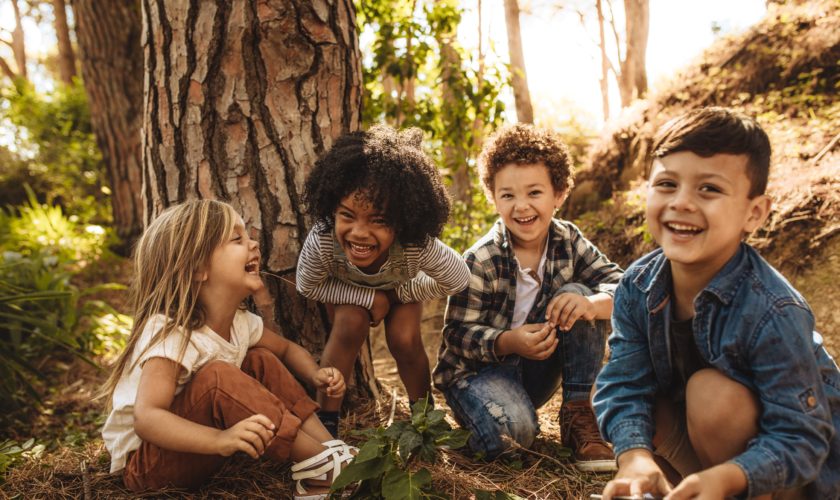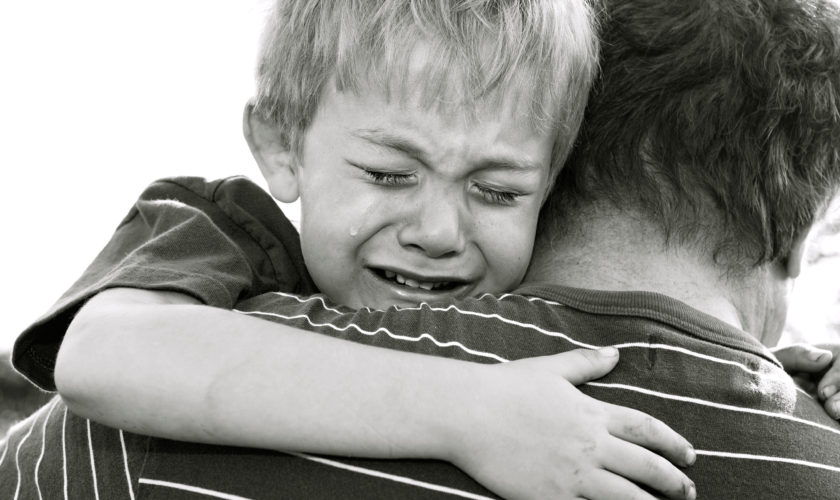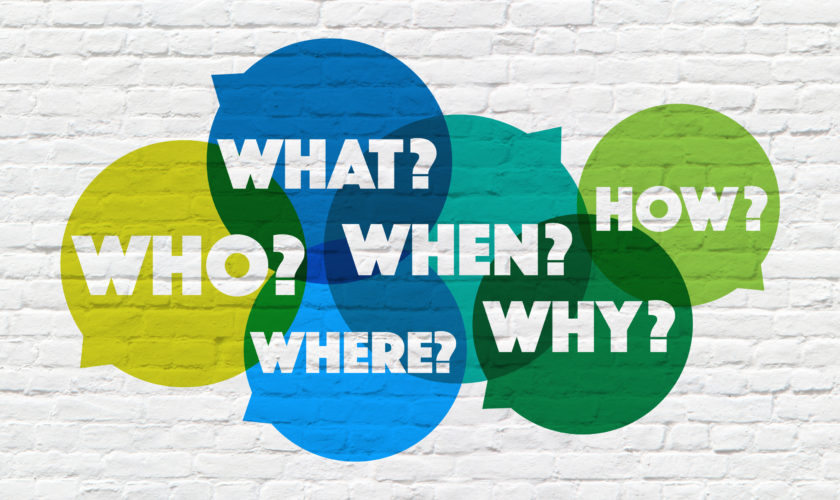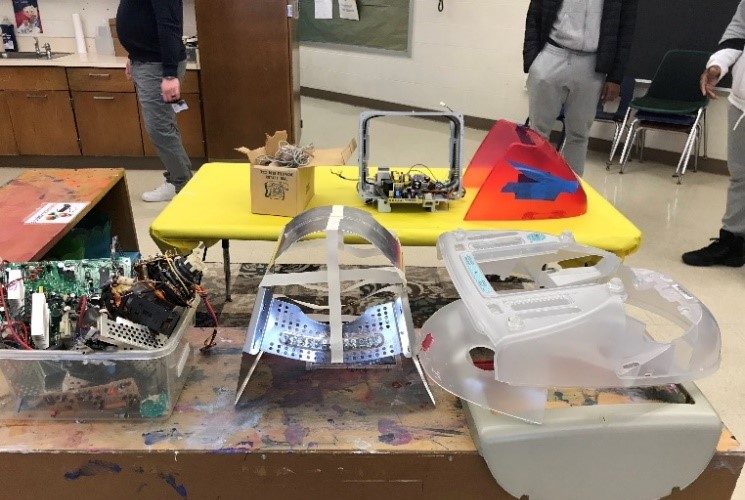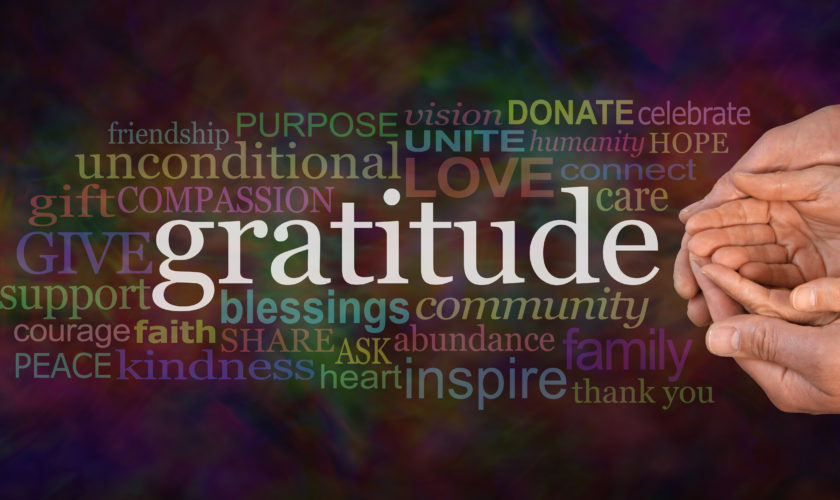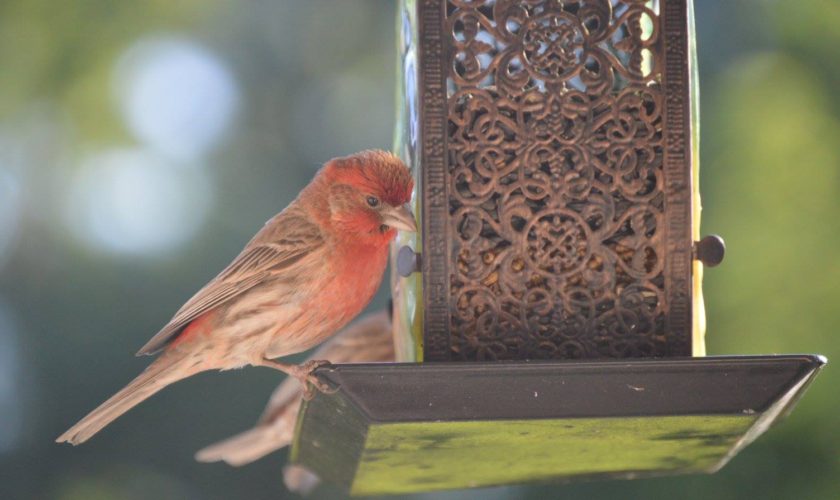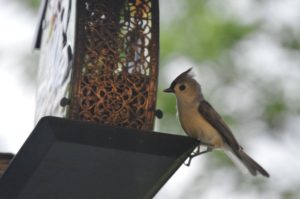Natalie Grebe
Its 9:00am in a preschool classroom. Two teachers have successfully orchestrated their class of 17 children to clean up their morning centers. One of the teachers calls out 9 names and asks those children to join her on the reading rug. The other teacher tells the remaining eight children to sit at their table seats for an activity. As the children get into their appropriate groups, they clumsily sit down, chatting and laughing, some poking their friends, others complaining they wanted to play longer. The teacher on the reading rug holds up a silver bell and rings it a few times. Almost immediately, many of the children quiet down and settle into their chairs or their space on the rug. A few continue to talk, but a gentle hand on their shoulder and one last ring of the bell tells them it is time to listen. For a moment, it is quiet and each teacher can use a soft voice to briefly tell their group what task they will be doing for the next few minutes.
